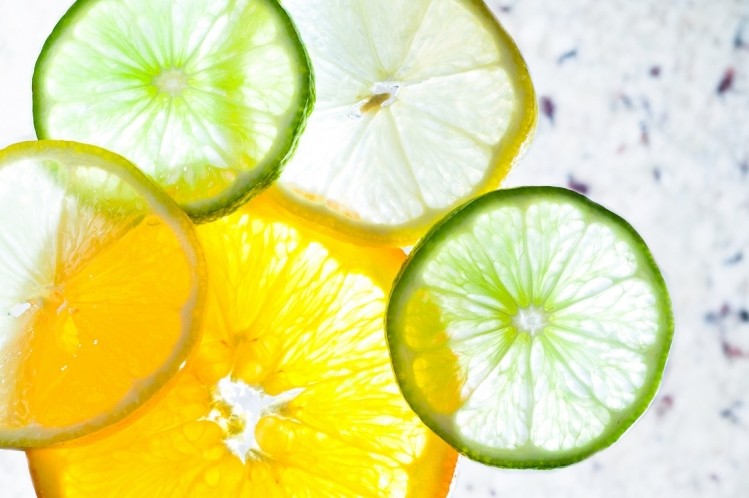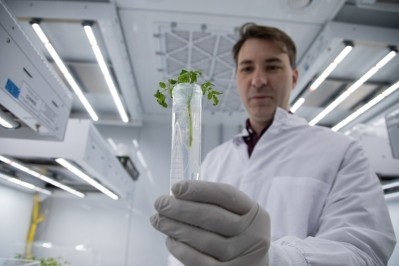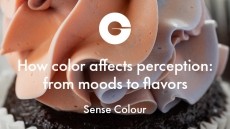Sweeteners from citrus? Researchers find sweetness-enhancing compounds from citrus cultivars

The discovery provides food and beverage manufacturers with another potential sugar-reduction tool, according to researchers behind the two-year study published in the Journal of Agricultural and Food Chemistry.
Finding natural, non-caloric substitutes for sugar is an ongoing challenge for the food and beverage industry and one that has become paramount in recent years with the Dietary Guidelines for Americans recommending limiting added sugar intake to 10% of energy/calories and the FDA's recent proposed rule on which products can be labeled as ‘healthy’ limiting added sugars to 5% of the daily value per RACC (reference amount customarily consumed).
“To date, reducing sugar in food without compensating for sweetness can reduce the taste of most food. Replacing sugar with artificial, non-caloric sweeteners such as saccharin, sucralose and aspartame can negatively impact flavor profiles by leaving a bitter and metallic aftertaste,” noted researchers at the University of Florida.
Even with the rise and development of natural sweeteners including stevia, monk fruit, and allulose in response to consumers’ rejection of artificial sweeteners, many natural sweeteners still present sensory challenges, argued researchers.
“Consumers have shown increasing preference for naturally derived sweeteners that more closely resemble the sensory profile of sugar. To date, even natural, non-caloric sweeteners still possess some licorice-like and bitter aftertastes. While some natural sweeteners are currently derived from fruits, some fruits are difficult to cultivate,” researchers stated.
Discovery of natural source for artificial sweetener Oxime V*
To uncover the naturally-occurring sweetness-enhancing compounds, researchers selected 11 citrus cultivars known for their "unique and exceptional flavors" from the UF/IFAS citrus breeding program. The cultivars included UF 914 (a grapefruit hybrid), and EV-2 and OLL-20 (both sweet oranges), mandarins, including Sugar Belle, Bingo, 13-51, 18A-4-46, 18A-9-39, and 18A-10-38.
In addition to trying to find sweeteners in citrus, researchers looked to find sweetness enhancers that could potentially significantly reduce the amount of sugar required to achieve the same level of perceived sweetness in food and beverage products.
Eight sweeteners or sweetness-enhancing compounds were identified from the research project, seven of which were newly identified from the genus Citrus, according to the study.
“We were able to identify a natural source for an artificial sweetener, Oxime V (an artificial sweetener about 450 times sweetener than sucrose) that had never been identified from any natural source previously,” said Yu Wang, lead researcher and associated professor of food science at UF/IFAS Citrus Research and Education Center in Lake Alfred, Florida.
"Oxime V previously was only known as a synthetic compound... This creates expanded opportunities for citrus growers and for breeding cultivars to be selected to obtain high yields of sweetener compounds.”
The study also demonstrated that the screening strategy used by researchers on the citrus cultivars could be used to identify taste modulators within other natural resources, said the authors.
"Successful identification of these natural sweeteners and sweetness-enhancing compounds in citrus fruit indicated the potential to identify the relevant biosynthetic pathways and to breed new citrus cultivars containing these compounds that provided both palatability and lower sugar consumption. This study also demonstrated that the proposed metabolomics-based screening strategy could greatly boost the identification of taste modulators with low contents in natural resources."
*Oxime V was first reported as a synthetic analog to the artificial sweetener perillartine in 1976 and has been studied as a potential sweetener, but is not currently marketed.
Source: Journal of Agricultural and Food Chemistry
Natural Sweeteners and Sweetness-Enhancing Compounds Identified in Citrus Using an Efficient Metabolomics-Based Screening Strategy
https://pubs.acs.org/doi/10.1021/acs.jafc.2c03515
Authors: Zhixin Wang, et al

















